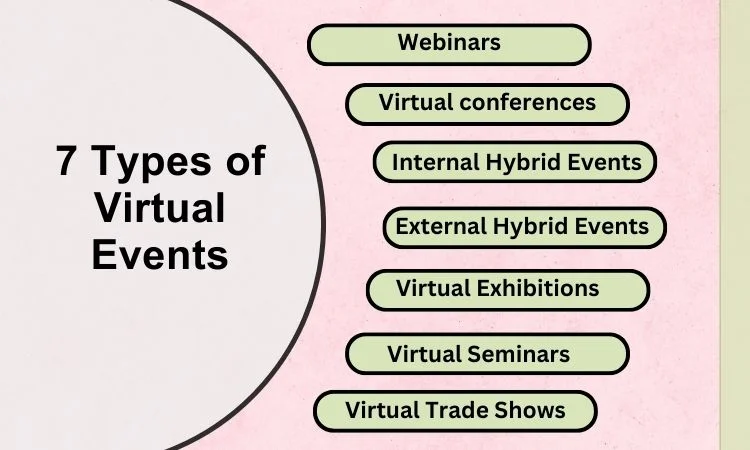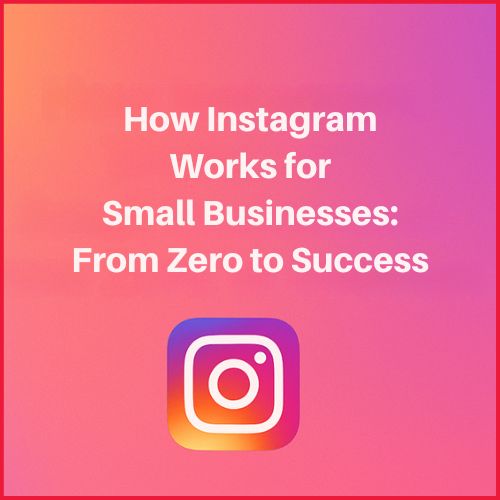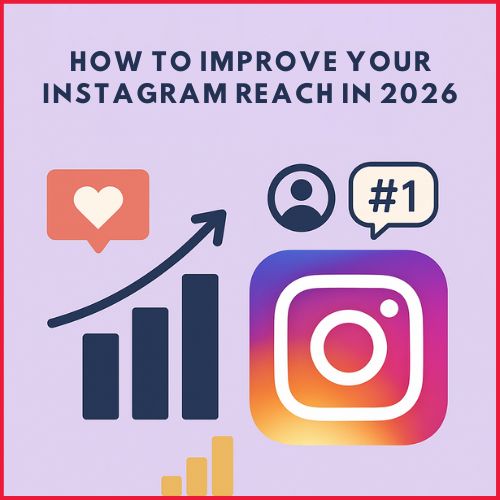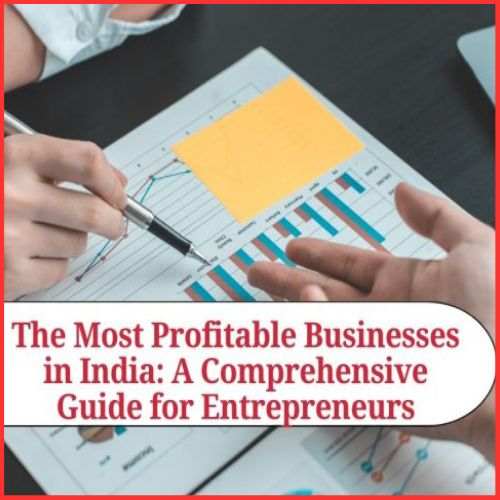Year 2020, redefined the way we interact, as the pandemic forced closure of physical spaces worldwide.
In this new reality, virtual events became the norm, connecting people across distances, continents, and time zones. Technology evolved to provide Virtual Event Platforms that empowered users to host a successful virtual event.
Even the largest conferences adapted, either partially or entirely, to the digital realm. This shift online not only curbed the costs but also extended the event accessibility to a wider global audience, all from the comfort of their homes.

What is a Virtual Event?
There’s a good chance that you’ve taken part in a webinar, signed up for an online fitness class, or joined a video conference meeting. These are all illustrations of virtual happenings. In contrast to in-person gatherings, virtual events allow participants to enjoy the event and its content online regardless of location. According to Google Trends, virtual events are becoming a larger and larger part of how people communicate globally.
7 Types of Virtual Events

Virtual events should be included to supplmeent rather than to replace existing event types. Here are the top seven virtual event categories to take into account:
1. Webinars:
Webinars provide a venue for speakers to provide content and typically last between 30 and 80 minutes. Global participation is encouraged by the possibility of international attendance. On-demand webinars with Q&A sessions can be offered for free.
2. Virtual conferences
It includes live keynotes, sessions, breakouts, and other events, much like physical conferences do. They make it easier for attendees to communicate, view keynotes in real time, and create their own agendas.
3. Internal Hybrid Events:
These events, like town halls and companywide meetings, bridge the gap when employees are scattered across locations. Combining in-person and virtual elements ensures effective communication and engagement.
4. External Hybrid Events:
Aimed at external audiences, such as user or industry conferences, these events require high-quality video production to provide remote attendees with a comparable experience to in-person participants.
5. Virtual Exhibitions:
Virtual exhibitions offer numerous benefits, including a broader audience reach and increased engagement opportunities. The digital landscape allows organizers to attract a wider, global audience.
6. Virtual Seminars:
Traditionally in-person, seminars showcasing products can transition successfully to online platforms when equipped with the right technology.
7. Virtual Trade Shows:
While originally designed for in-person interactions, virtual trade shows have found a place in the virtual world. Adapting strategies is key to thriving in this digital environment.
Why Host a Virtual Event?
Delivering a company’s message, generating leads and money, encouraging adoption, and cultivating brand loyalty are the same reasons for conducting virtual events as they are for physical meetings. You can select between virtual and real events depending on your specific goals.
For example, user conferences thrive on in-person encounters whereas webinars excel at casting a wide net for thought leadership, training, or information dissemination. The transformation of Microsoft’s Build developer conference to a virtual format in 2020 is an example of how events can be tailored to achieve certain goals.
Here is how holding a virtual event can be more feasible in the long run:
- Accessibility : Virtual options accommodate attendees unable to attend in person. Unforeseen circumstances, such as extreme weather or travel restrictions, may necessitate transitioning an in-person event to virtual or canceling it altogether.
- Budget : Virtual events can reduce cost and reallocate resources to larger,revenue-generating events .
Fundamentals Principles of Event Planning
Effective marketing is vital for virtual events, just as it is for in person ones.Without targeted promotions, attendence can suffer.
Content plays a pivotal role as it constitutes the heart of the virtual events. Keynote speeches that are personalized for your audience must be compelling and interactive. Additionally, online events guides must keep virtual guests interested and intrigued till the end.
Top Essentials for Any Virtual Event
Cvent’s Guide to Virtual Events is one of our favorite tools. They discuss how a planner’s primary focus should change from the venue, food and beverage, and other factors to content, attendee engagement, and data.
You should be aware that the pressure to deliver a successful outcome depends on tightly controlling the elements that you can control because there are fewer factors involved with a virtual event.
Any event, whether it isvirtual, must have an event website. Anydetails pertaining to registration, speakers, topics, time & place, deadlines, and more will be available on the event website.
Your attendees should be able to get all the information they need about your event from this single source.
We will list several of their suggestions along with our opinions on each :-
Event Inscription
The software used for event registration is the first weapon in your virtual event planner’s toolbox.
Your attendees can register and enter their preferences using registration tools. Additionally, event organizers can extract significant amount of data from some of the more in-depth registration tools and even use the tool for analysis.
1-Way, Live Audio/Video
With 1-Way AV, you can be sure that no audience members will interfere with your speakers as they deliver their message. Although this is usually not an issue when there are only a few attendees, if your virtual event is a sales launch for thousands of people, you can be sure that there will be unmuted microphones, unscheduled questions, and other interruptions that can ruin a speaker’s presentation.
Question and Response
Tying with the previous 2 points, one of the benefits of having a live presentation is the opportunity for attendees to ask questions of your speakers directly through a question box or chat feature, which engages the entire audience.
Compelling occasion making arrangements for virtual social events demands an essential methodology. Effective advertising, convincing content, and customized feature addresses are fundamental parts that drive participant commitment. Data-driven bits of knowledge assist with upgrading the occasion insight and guide members through their excursion.
A live poll
An excellent tool for boosting audience participation, offering engaging speaker content, and giving event organizers and marketers crucial information they can use long after your virtual event.
Take Content Recordings
This feature is undoubtedly one of the more important components on the list and is available with many online networking tools.
In addition to giving attendees the chance to review information they missed the first time around, it also serves as a resource you can make available to attendees who were unable to attend the event.
Finally, it’s always a good idea to save recordings of events so that future speakers and event organizers can refer to them when deciding what information to add to or omit from their next event.
Videoconferencing that is interactive
We have experienced an unprecedented use of video conferencing. It aids in bridging the gap that remote networking technology has by its very nature.
People pay more attention when you can see them, even if it’s just their face, when you’re speaking to them. The content being delivered is more digestible, and we are more engaged.
Think about interactive video conferencing for any online gathering.
Feedback polls
For event organizers, speakers, and leadership, feedback surveys offer invaluable insight into how they can enhance the user experience for attendees the following year.
Post-event surveys are frequently ignored, but getting this feedback is crucial.
Attendee feedback can occasionally prompt minor adjustments to how you plan and carry out your virtual event, which can significantly reduce bounce rate and, conversely, dramatically increase user engagement.
All of this results in an improved event outcome and, of course, greater productivity and/or sales.
Conclusion
All in all, the universe of events has gone through a momentous change lately. Virtual events have arisen as a strong and open stage for correspondence, training, and systems administration.
These events, whether online classes, virtual gatherings, or presentations, have united individuals from around the globe, separating geological obstructions and advancing manageability through decreased carbon impressions.
The advantages of facilitating a virtual occasion are many. Openness is a key benefit, permitting members who may not be able to go for face to face interactions. Furthermore, virtual events canact as an emergency course of action when unexpected conditions disturb face to face events.
To guarantee the progress of any virtual occasion, certain basics should be set up. A devoted occasion site gives a concentrated wellspring of data for participants, covering enlistment, speakers, points, timetables, and more. Enlistment apparatuses offer important data collection and analysis capabilities. Live audio and video content, coupled with opportunities for crowd communication through questions, surveys, and input studies can add flavour to virtual events.














